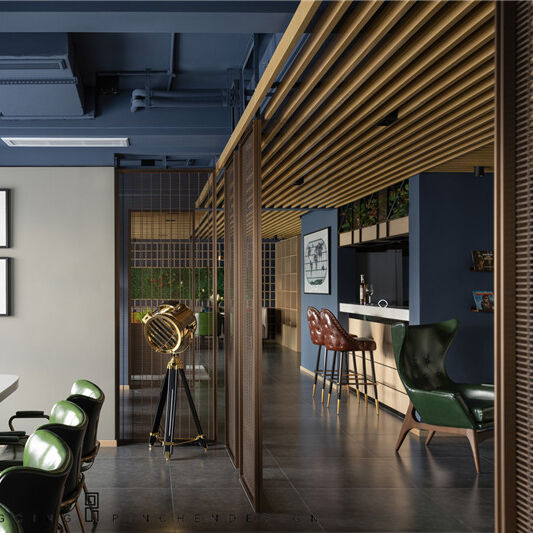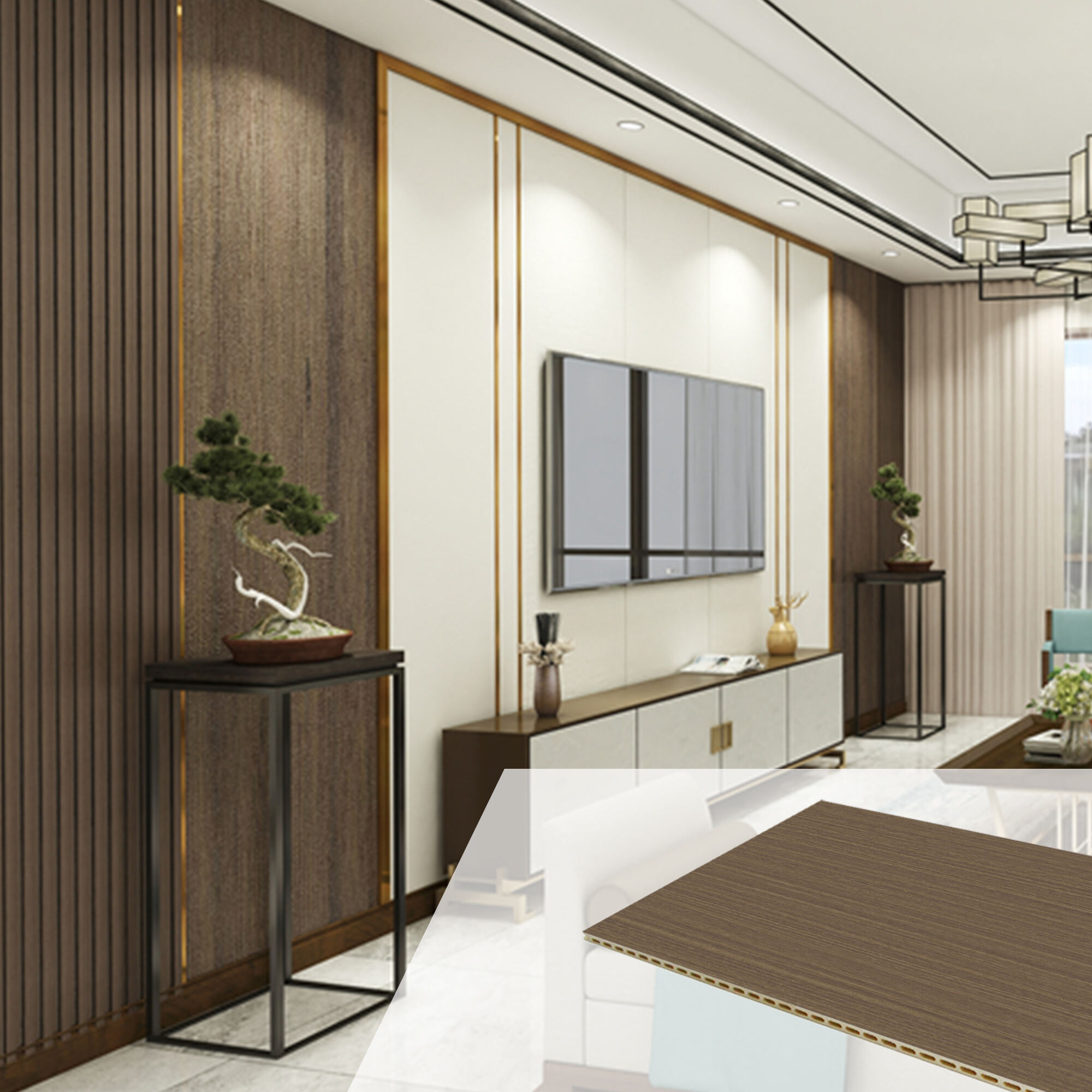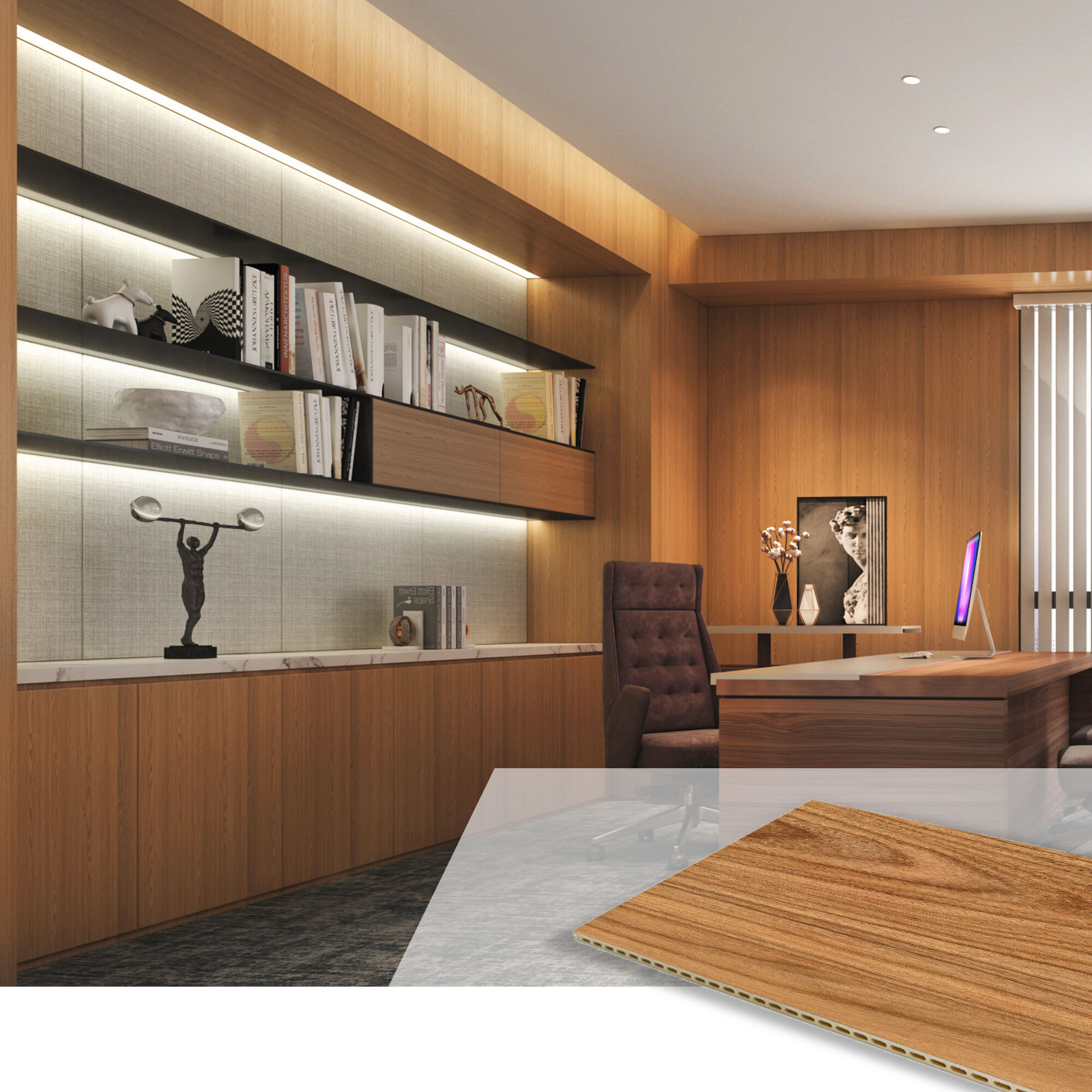slatted wood wall panels outdoor
Slatted wood wall panels outdoor represent a sophisticated architectural element that combines aesthetic appeal with practical functionality in exterior design. These panels consist of precision-cut wooden slats arranged in parallel configurations, creating a striking visual pattern while serving multiple purposes. Manufactured from weather-resistant timber species like cedar, teak, or treated pine, these panels are specifically engineered to withstand diverse outdoor conditions. The design incorporates strategic spacing between slats, typically ranging from 10mm to 30mm, which facilitates natural ventilation while providing partial privacy and shade. Modern manufacturing processes include specialized treatments for UV protection, moisture resistance, and insect deterrence, ensuring longevity in outdoor applications. These panels can be installed vertically or horizontally, offering flexibility in design implementation. They feature advanced mounting systems that allow for thermal expansion and contraction, preventing warping or structural compromise over time. The panels are typically available in modular formats, enabling seamless integration with existing architectural elements and facilitating easy installation and maintenance.


